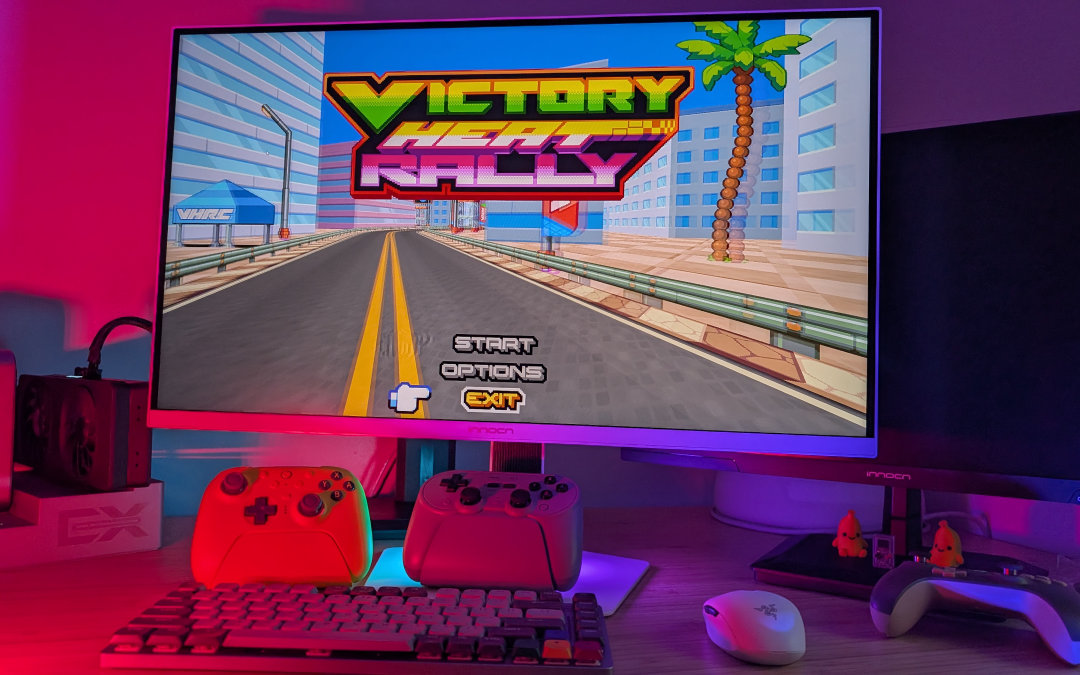Seems like INNOCN doesn’t quite know when to stop, as hot off the heels of their 25M2S, they’re coming back with a larger, higher refresh rate, better-designed monitor that still features the MiniLED panel that came in their last unit. The GA27T1M is their latest, but is it their greatest? Has anything changed in the software?
Is it going to be worth your money at its higher price tag of $499? That’s what I’m here to find out, and thanks to INNOCN for sending this over, it may be easier this time around.
INNOCN GA27T1M Specs
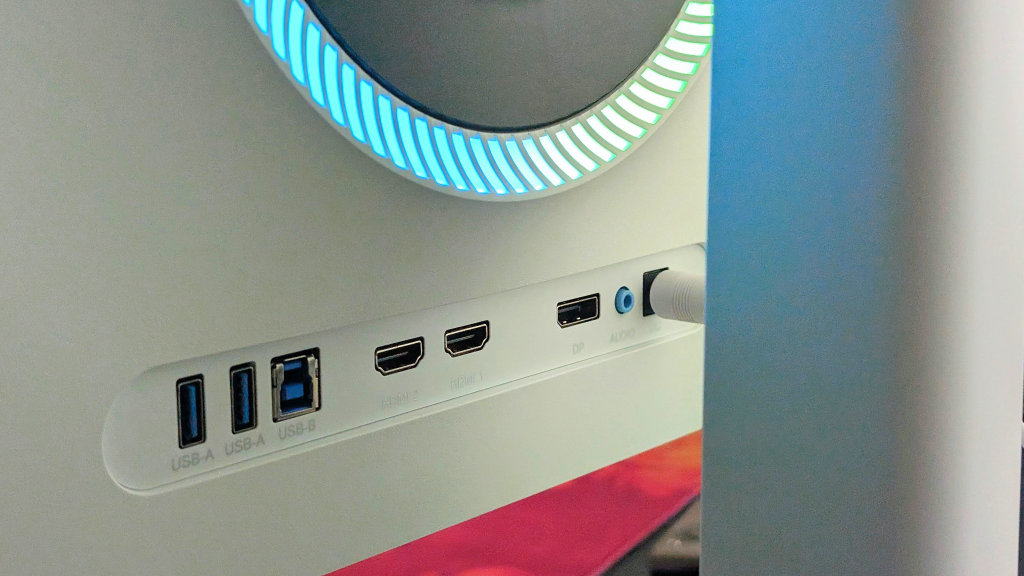
The GA27T1M may have a terrible name, but it packs a lot into the shell they’ve built for it. At $499, it competes directly with a lot of name brands, but based on these specs, it’s easy to see why.
- Screen Size: 27-inch
- Resolution: 2560×1440
- Panel Type: Mini LED
- Refresh Rate: 320hz
- Brightness: 1000nits (2500000:1 Contrast Ratio)
- I/O: 3.5mm, 1x Displayport 1.4, 2x HDMI 2.1, 1x USB-B 3.0, 2x USB-A 3.0
What I Like
The Panel
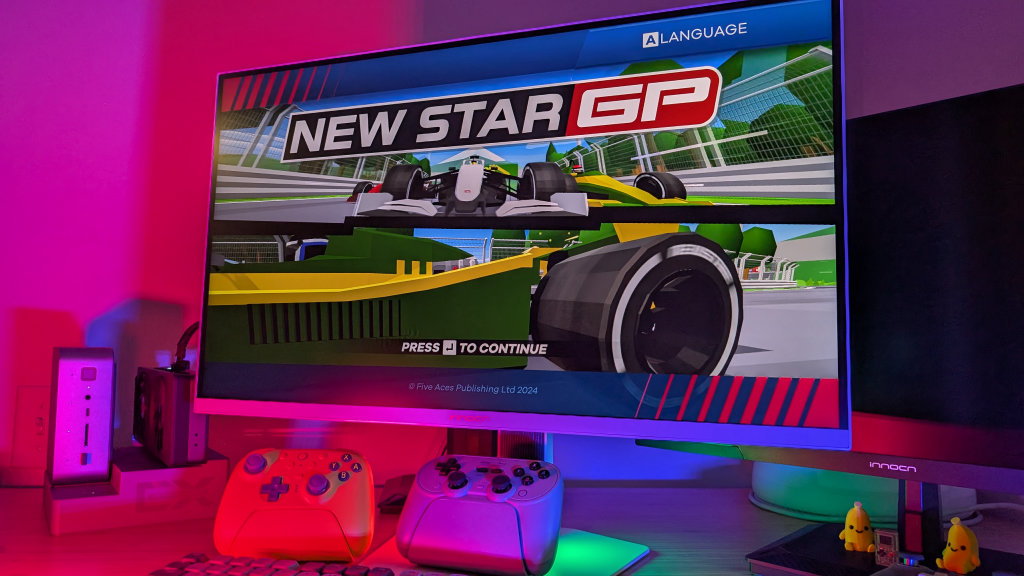
The panel itself looks great. Compared to the VA Ultrawide I had been using at my desk for the last 4 years, transitioning to a MiniLED panel has been a night and day difference, in some cases, almost literally. It’s brighter, more vibrant, and as a whole just looks way better.
In comparison to some of my other INNOCN panels, I think this one edges them out for a couple of reasons. Versus the 25M2S, it just ends up being because it’s larger. Compared to the 25G2S I reviewed a few months ago, this one feels brighter when using it in my lit living room, and the general fluidity of the panel just hits differently.
The Refresh Rate
Up until I started taking a look at monitors, my highest refresh rate panel was 75Hz, and that was only when I remembered to change settings in Windows. The 144Hz panels from INNOCN felt a bit better; however, I didn’t see the striking appeal of them like everyone said I would. However, when jumping all the way from 144Hz to 320Hz, the difference is immediate, and to me? Almost game-changing.
Everything feels better on this panel. To an average user, that’d be obvious due to an over 2x increase over 144Hz, and a 4x+ increase versus my old 75Hz panel. However, the actual fluidity of things as simple as scrolling webpages and basic gaming feels practically new on a higher refresh rate panel. But maybe I just need more time with other monitors, too.
The Design
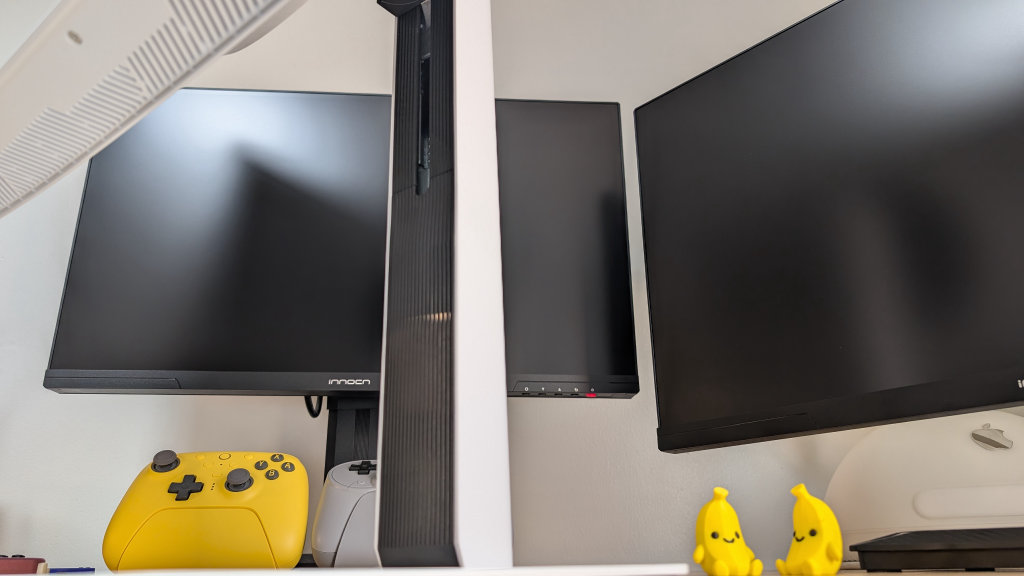
The GA27T1M takes a book directly from the PlayStation 5 or Sony’s Inzone brand. Going for a full black on white aesthetic. It’s nice and clean, with a strange RGB Portal design right in the middle. Almost reminiscent of the Samsung Odyssey panels. Combined with height, tilt, and rotation, this design is almost one of my favorites for a monitor. Almost
What I Don’t
The Base

The part I don’t like is a major nitpick, but it’s the base. Wide, long, and flat; it’s an awkward shape, unfortunately, kind of like my feet. However, that’s not the end of the world. While it couldn’t have been legs, or something easier to not block a chunk of your desk, you can put the entire monitor on an arm thanks to its VESA mount. Just be careful due to the added weight of a MiniLED panel.
The Software

My other gripe with the GA27T1M comes from the built-in software of this unit. Compared to the bottom buttons that other monitors use, this one comes with the traditional nipple styled navigator on the back of the monitor. Great as an idea, but not so great when the sensitive power button is almost the same size and directly below it, leading to a few accidental presses.
It’s okay to navigate, but I found myself easily pressing the joystick the wrong way, exiting the menu way earlier than I meant to. The uglier green and bubbly design has been acceptable in the past on prior, cheaper panels, but I do think they can do better than this, even now.
Final Thoughts
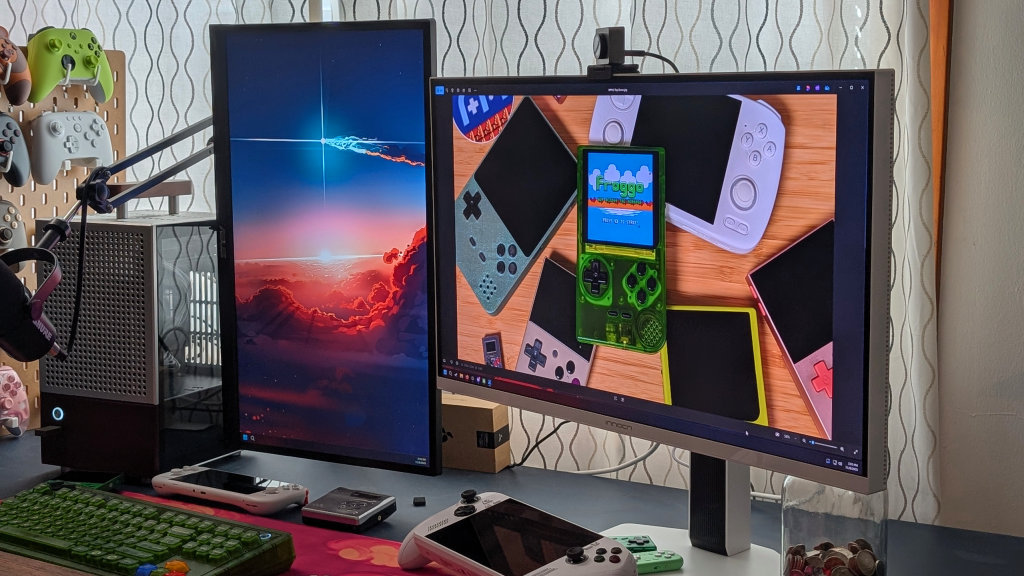
In the end, I think INNOCN did a lot right with this unit, from the design and stand flexibility to their choice of MiniLED panel. While the software needs work, and the monitor will likely end up on an arm, the value here is really good. When it comes to whether you buy it or not depends on your needs.
MiniLED has gotten less expensive with options like the 25M2S being just $270 by comparison. IPS and especially VA panels are going to be way cheaper, though, depending on your needs may be lower quality, even if they can match or beat refresh rates. OLED panels, on the other hand, either cost as much or more, depending on the features you need. This leaves the GA27T1M in that awkward middle ground spot between basic and overkill. It’s just up to you to decide if it’s the goldilocks zone, or just middle of the road.
What did you think of this article? Let us know in the comments below, and chat with us in our Discord!
This page may contain affiliate links, by purchasing something through a link, Retro Handhelds may earn a small commission on the sale at no additional cost to you.
